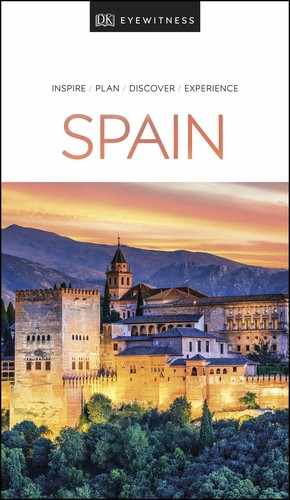Comunidad De Madrid

t The walled town of Buitrago del Lozoya, standing next to the Río Lozoya
Experience Comunidad De Madrid
During Roman occupation, when Hispania was made up of three provinces, most of this region was in the Citerior Tarraconese province, with the southwest belonging to Lusitania. Due to its location close to the River Henares, the region become an important merchant route and was crossed by two important Roman roads. The resulting trade caused the city of Complutum (now Alcalá de Henares) to flourish.
The Moors built the fortress of Mayrit (Madrid) in the 9th century, but it was taken by the Christian Castilian monarch Alfonso VI in 1083 as part of the reconquista. In 1561, Felipe II moved his royal court from Toledo to Madrid, reportedly because it was “neutral territory”, and the city became the de facto Spanish capital as a result. Felipe built a royal palace, El Escorial, in the foothills of the mountains, and Madrid began to thrive as a result of its new-found status, with a growing population and increasing cultural and economic significance.
During the Spanish Civil War, the region witnessed much bloodshed as a Republican stronghold trying to resist Franco’s Nationalist army. Unable to take the region by sheer force, Franco’s forces besieged Madrid, which fell on 28 April 1939. Franco declared victory in the Civil War soon after. In 1940, he commissioned the construction of the Santa Cruz del Valle de los Caídos in the Sierra de Guadarrama, the site of so much fighting. The graves of 40,000 soldiers from either side of the conflict still lie in the cross’s shadow today.
